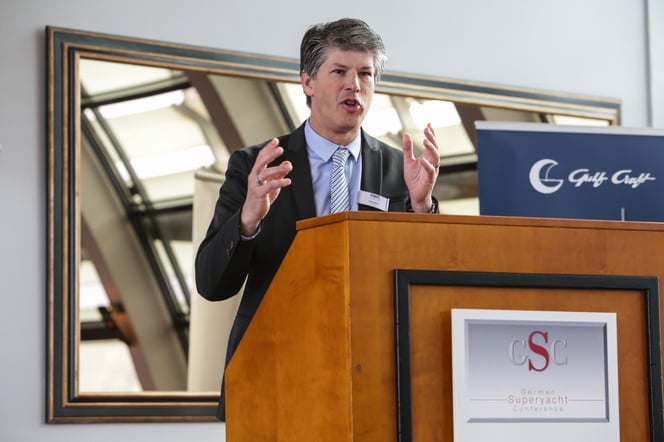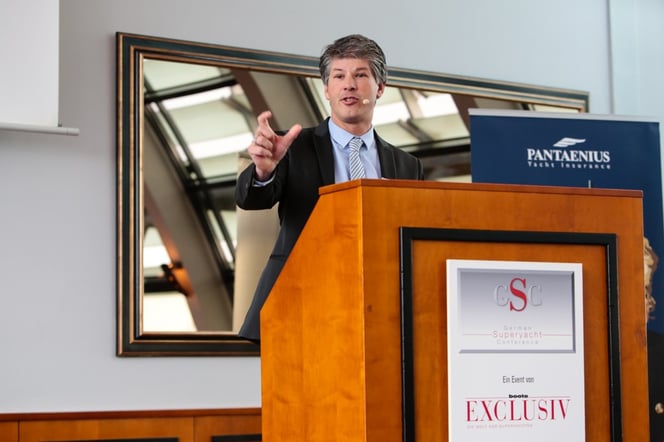Superyacht builders must redefine approach to business, says CEO of Emirates-based Gulf Craft
- Gulf Craft
- Mar 9, 2016 1:27:00 PM
Dubai, 9 March 2016 – Makers of luxury superyacht must change the way they do business in order to survive in today’s challenging economic environment, according to Gulf Craft CEO Erwin Bamps.
Speaking on the sidelines of the Dubai International Boat Show (DIBS), Bamps said superyacht businesses must redirect their focus from one that is product oriented and focused on acquiring new clients, to one that is committed to enhancing the yachting experience for existing customers.

Bamps also shared his viewpoints at the recent German Superyacht Conference in Hamburg, which invites leading players from the world’s luxury and leisure maritime sectors to discuss challenges and opportunities facing the superyacht industry.
With non-hydrocarbon sector growth showing stability and the propensity to spend on luxury products still prevalent, success is still possible for superyacht builders – but only with the right approach. According to Bain and Company’s latest report on the global luxury goods market, China accounts for the largest portion of global purchases (31%), followed by the US (24%), and Europe (18%). However, Bamps says superyacht businesses should be less concerned about penetrating new markets and more concerned about customer satisfaction.

“Today, our industry is so zeroed in on trying to find prospective customers in new markets – be it Brazil, China, South East Asia, or Australia, that we forget where the value truly lies, and that is in our current client base,” Bamps said.
“The availability of money is only one aspect of sales, there are other important factors to consider, including the ability to spend, the willingness to spend, and the prevalence of an overall yachting culture – all are instrumental when deciding to make such an investment,” Bamps added. “Our existing customers are the real ambassadors of yachting, because they do not see a superyacht as a product, but as an intrinsic part of their lifestyle – a passion that is in their blood.”
However, in order to leverage client relationships as opportunities for new business, existing customers must first have had a positive experience. That, says Bamps, is all about creating customer confidence, one that is driven by the ability to deliver on service and user-friendliness.
This means reducing the investment of both time and money required to own a yacht, which can be achieved by focusing on reliability rather than a mere checklist of onboard features. In addition, customers should require less crew to maintain the superyacht, and less effort exerted to operate it – ultimately leading to an overall enhanced yachting experience.
“We must ask ourselves, who are we building for at the end of the day? Sometimes we get so carried away with trying to prove our technical capability that we might end up with an ‘overbuilt’ product that is too complex for the owner,” Bamps said. “We should remember that we are building for the customer, so that they spend more time cruising and less time managing their yacht.
“Therein lies the real success, because nothing can be more contagious than passion and the customer’s happiness when their aspirations are realized – which will then inspire more people to join the world of yachting,” Bamps concluded.
LIKE us on Facebook | FOLLOW us on Twitter | FOLLOW us on Instagram
